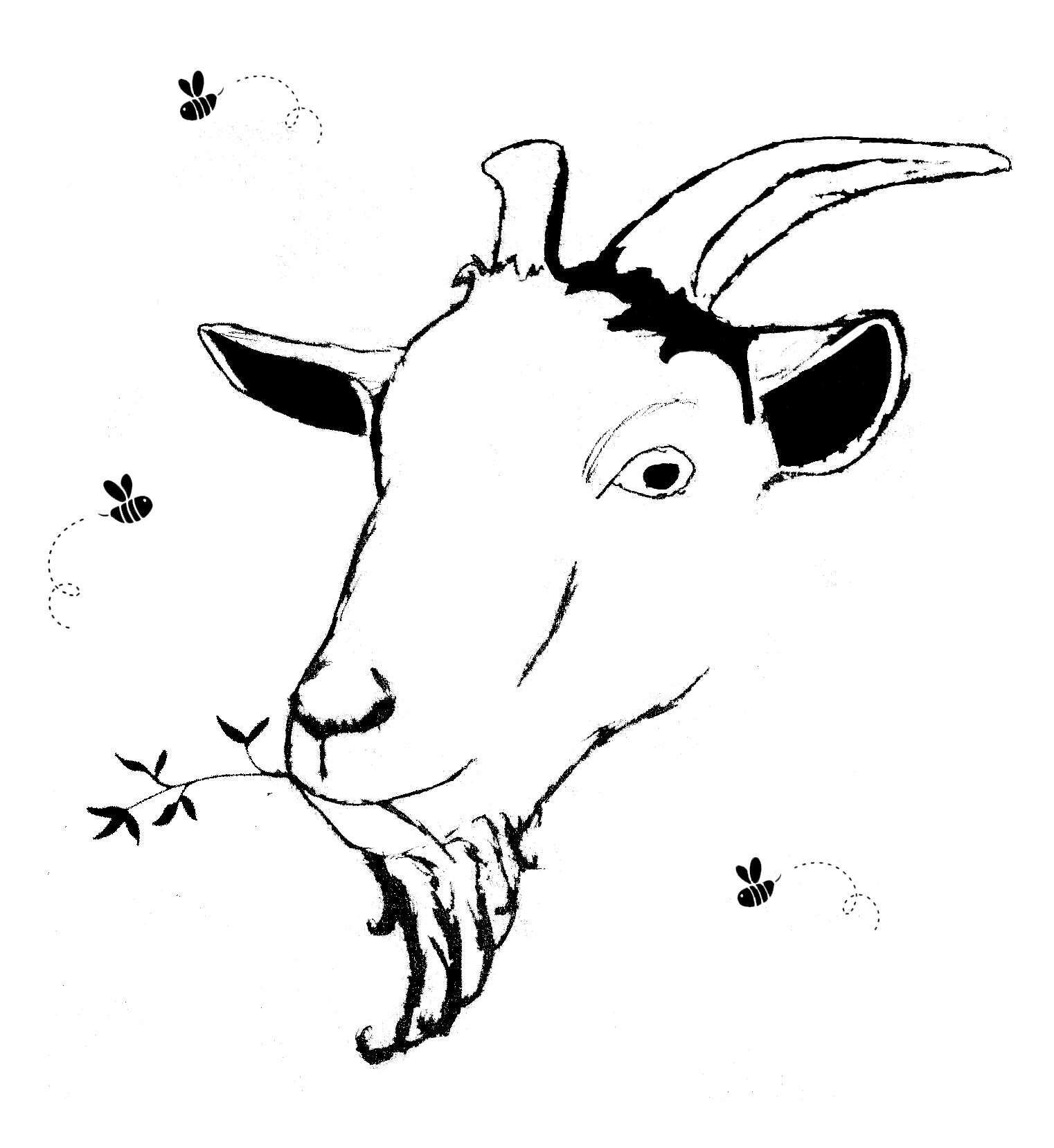A multifractionation extraction (multifrac) is used when you need to extract multiple types of compounds from a plant that dissolve in different solvents or require different extraction techniques. This method is necessary when one solvent alone cannot extract all beneficial compounds effectively.
When to Use a Multifrac Extraction
✅ When an herb contains both water-soluble and alcohol-soluble compounds.
✅ When an herb has fat-soluble compounds that require oil or a non-polar solvent.
✅ When you need to separate different medicinal components from the same herb.
✅ When working with complex plants that contain multiple active constituents.
Examples of When a Multifrac is Needed
| Herb | Why Use a Multifrac? | Extraction Steps |
|---|---|---|
| Turmeric | Contains water-soluble polysaccharides and fat-soluble curcuminoids | 1. Water extract for polysaccharides → 2. Alcohol or oil extract for curcumin |
| Echinacea | Contains alkaloids, polysaccharides, and essential oils | 1. Water extract for polysaccharides → 2. Alcohol extract for alkaloids and oils |
| Mushrooms (Reishi, Chaga, Lion’s Mane) | Polysaccharides are water-soluble, but triterpenes and sterols need alcohol | 1. Hot water decoction for beta-glucans → 2. Alcohol extraction for triterpenes |
| Calendula | Contains water-soluble flavonoids and fat-soluble resins | 1. Alcohol extract for resins → 2. Water or glycerin extract for flavonoids |
| Vanilla Beans | Flavor compounds dissolve best in alcohol, while polyphenols extract in water | 1. Alcohol extract for vanillin → 2. Water extract for polyphenols |
How to Perform a Multifrac Extraction
1️⃣ Step 1: Extract Water-Soluble Compounds (Infusion or Decoction)
- Use hot water to extract polysaccharides, flavonoids, and tannins.
- Simmer roots, barks, and mushrooms for 20–60 minutes (decoction).
- Steep leaves and flowers in hot water for 15–30 minutes (infusion).
- Strain and save the liquid.
2️⃣ Step 2: Extract Alcohol-Soluble Compounds (Tincture)
- Use 40–95% alcohol for alkaloids, resins, and volatile oils.
- Cover strained plant material with alcohol and let it macerate for 4–6 weeks.
- Strain and save the liquid.
3️⃣ Step 3: (Optional) Extract Fat-Soluble Compounds (Oil Infusion)
- If the herb contains lipophilic (fat-soluble) compounds, infuse it in oil for 4–6 weeks (cold) or 3–6 hours on low heat (hot method).
- Strain and save the oil.
4️⃣ Step 4: Combine Extracts or Use Separately
- Some people mix the water and alcohol extracts together (e.g., dual-extraction tinctures).
- Oil extracts are usually kept separate for topical applications.
Final Notes
- Multifrac is ideal for complex herbs like mushrooms, turmeric, and echinacea.
- It ensures no beneficial compounds are left behind.
- Different solvents target different healing properties.
- It takes longer but produces more effective extracts.

